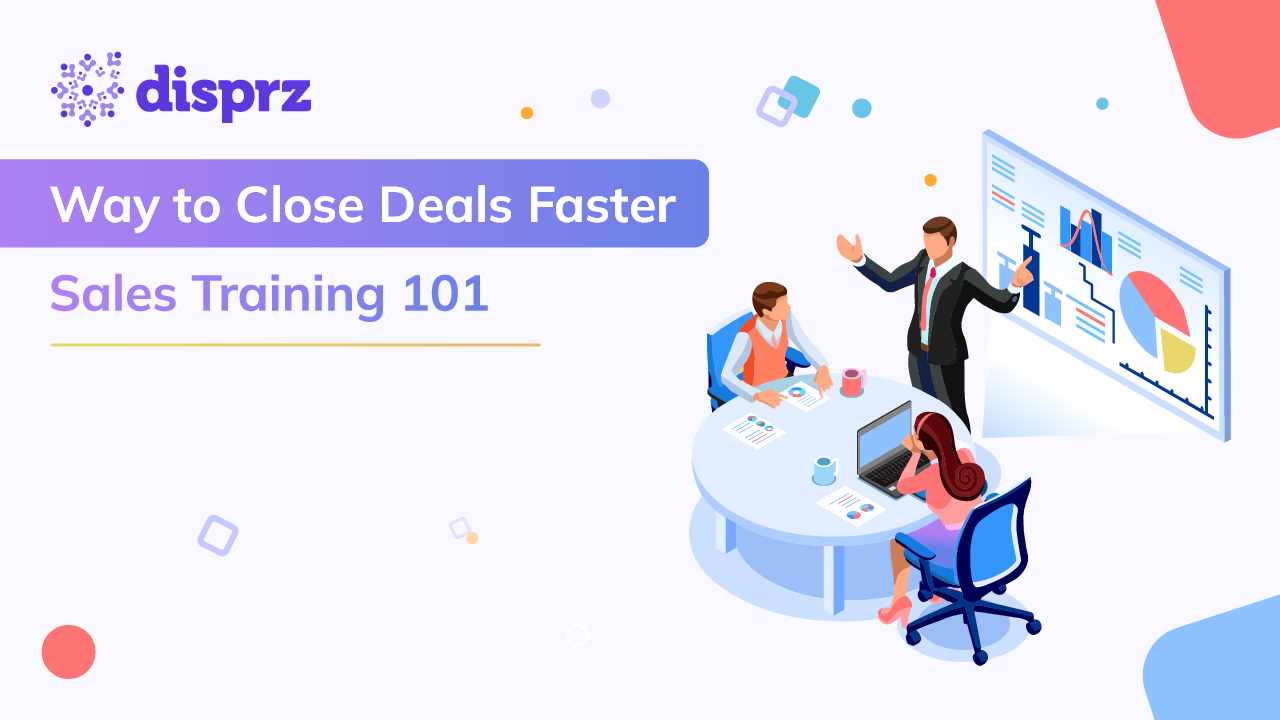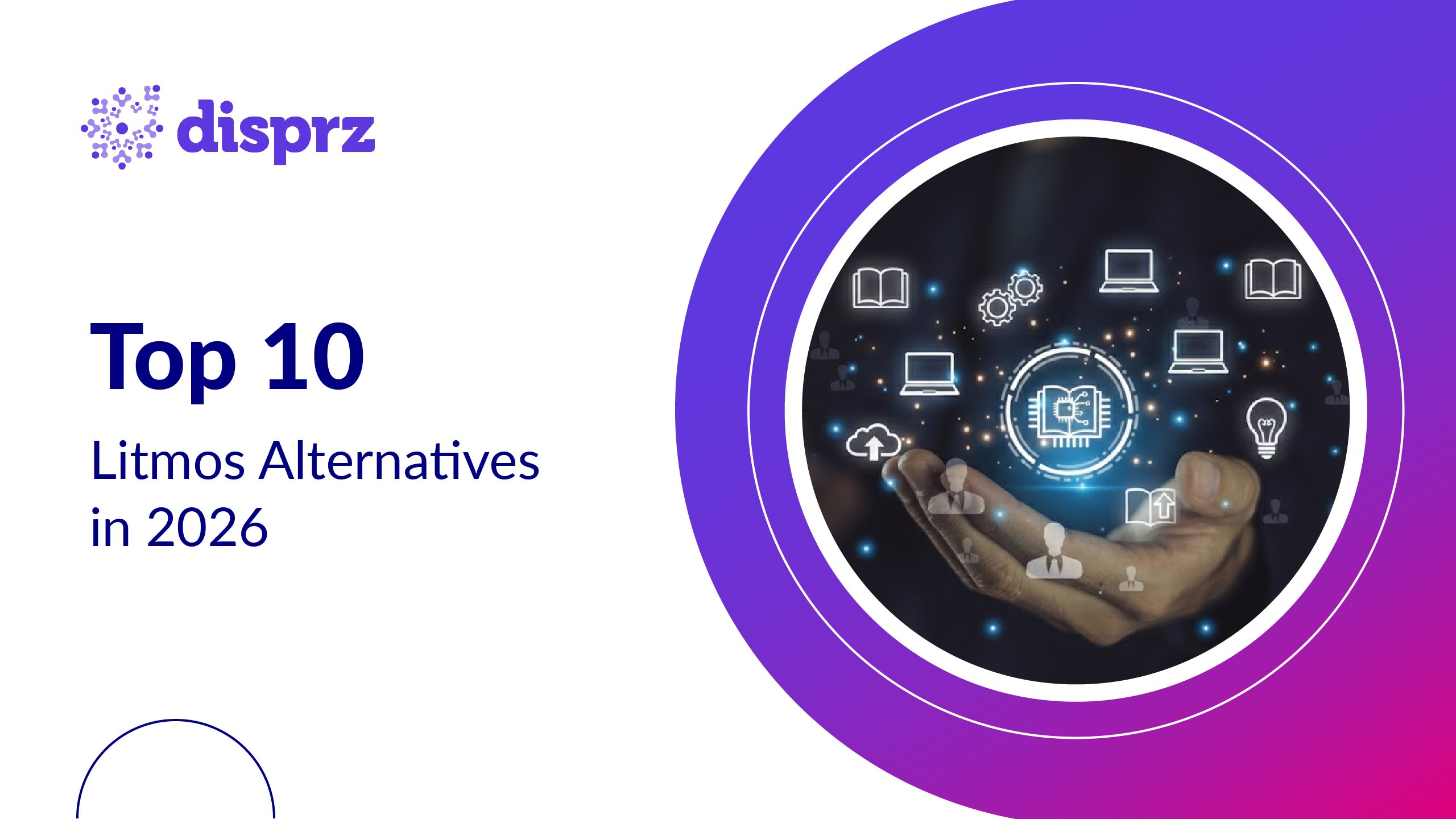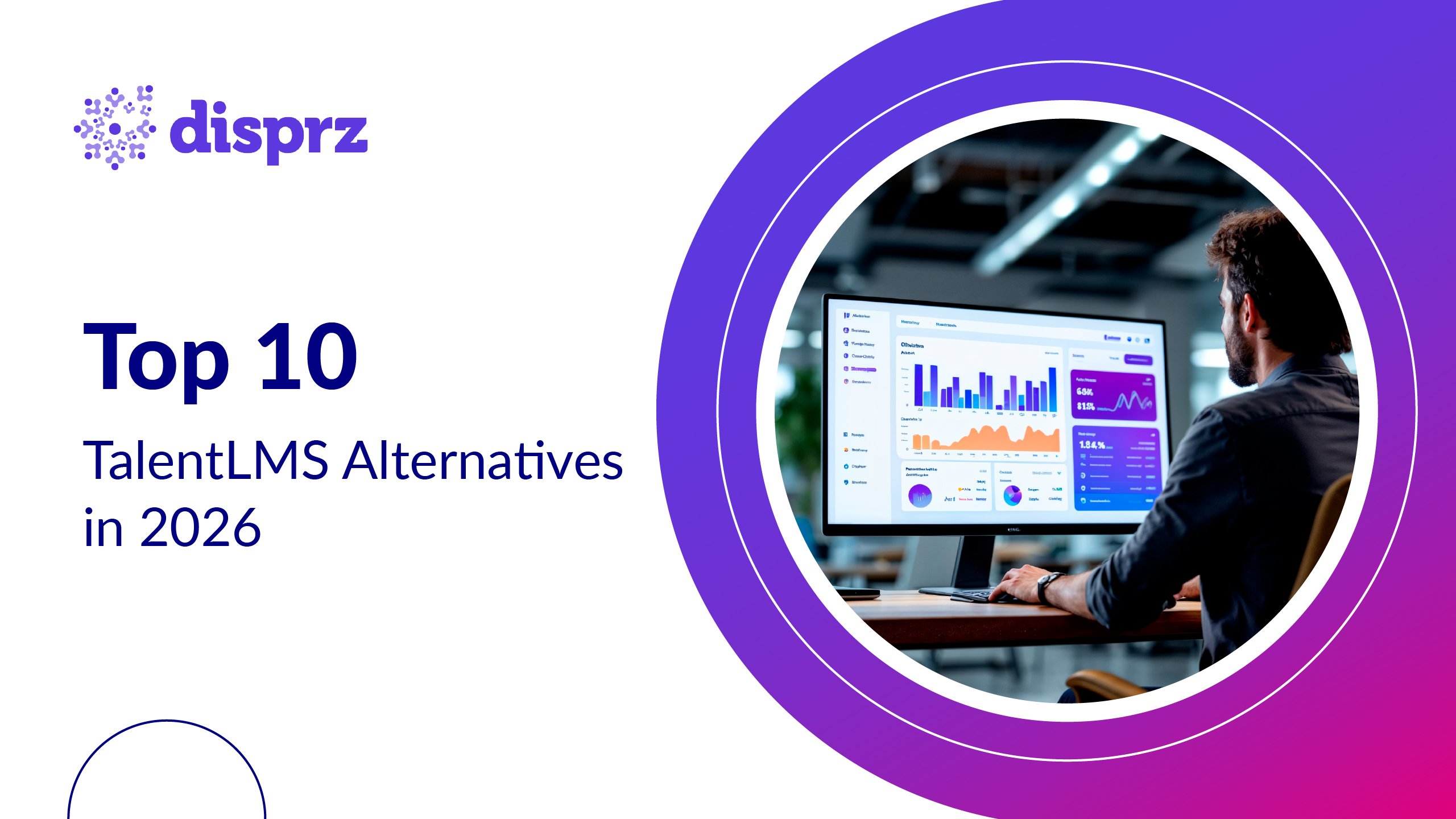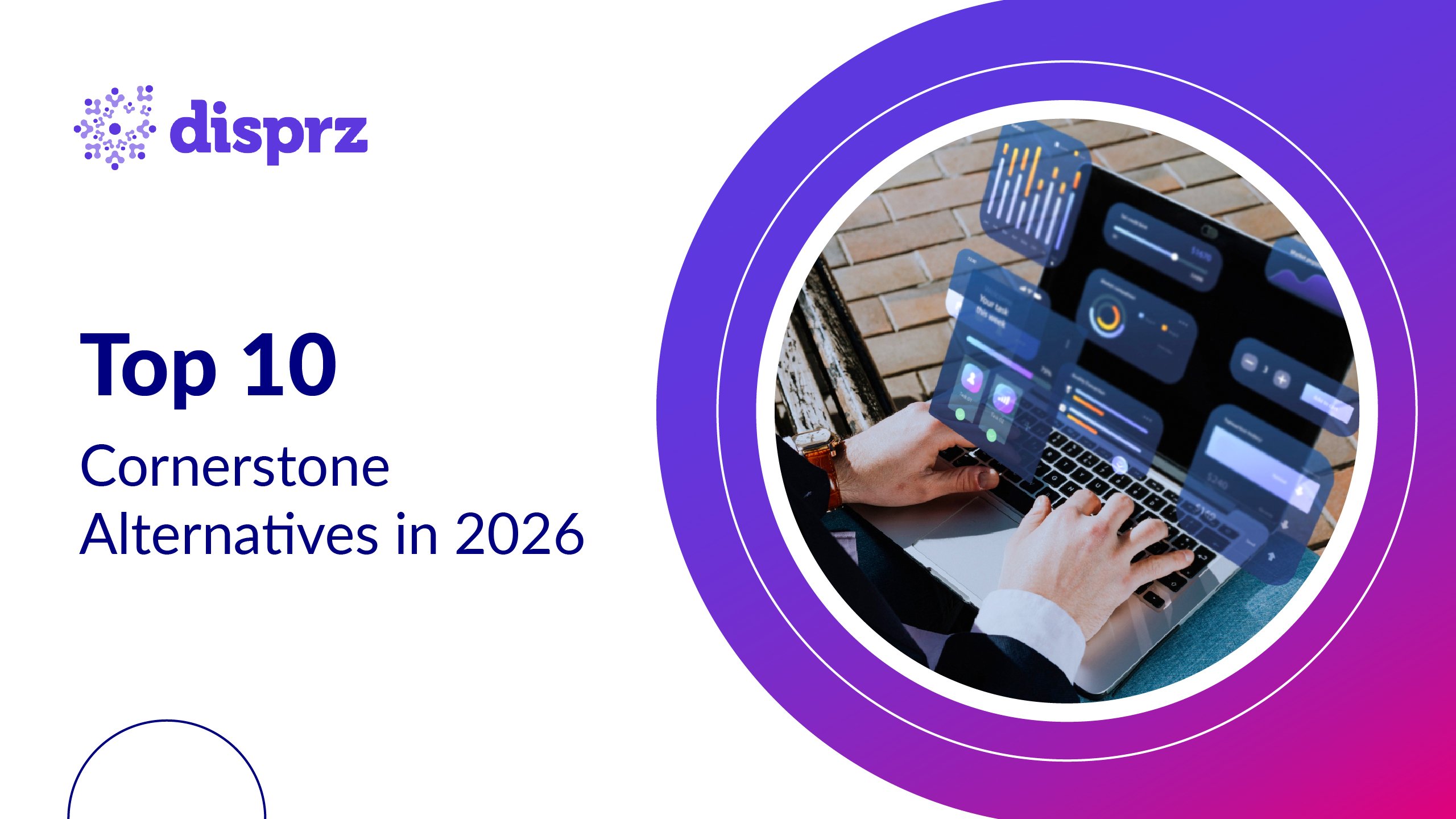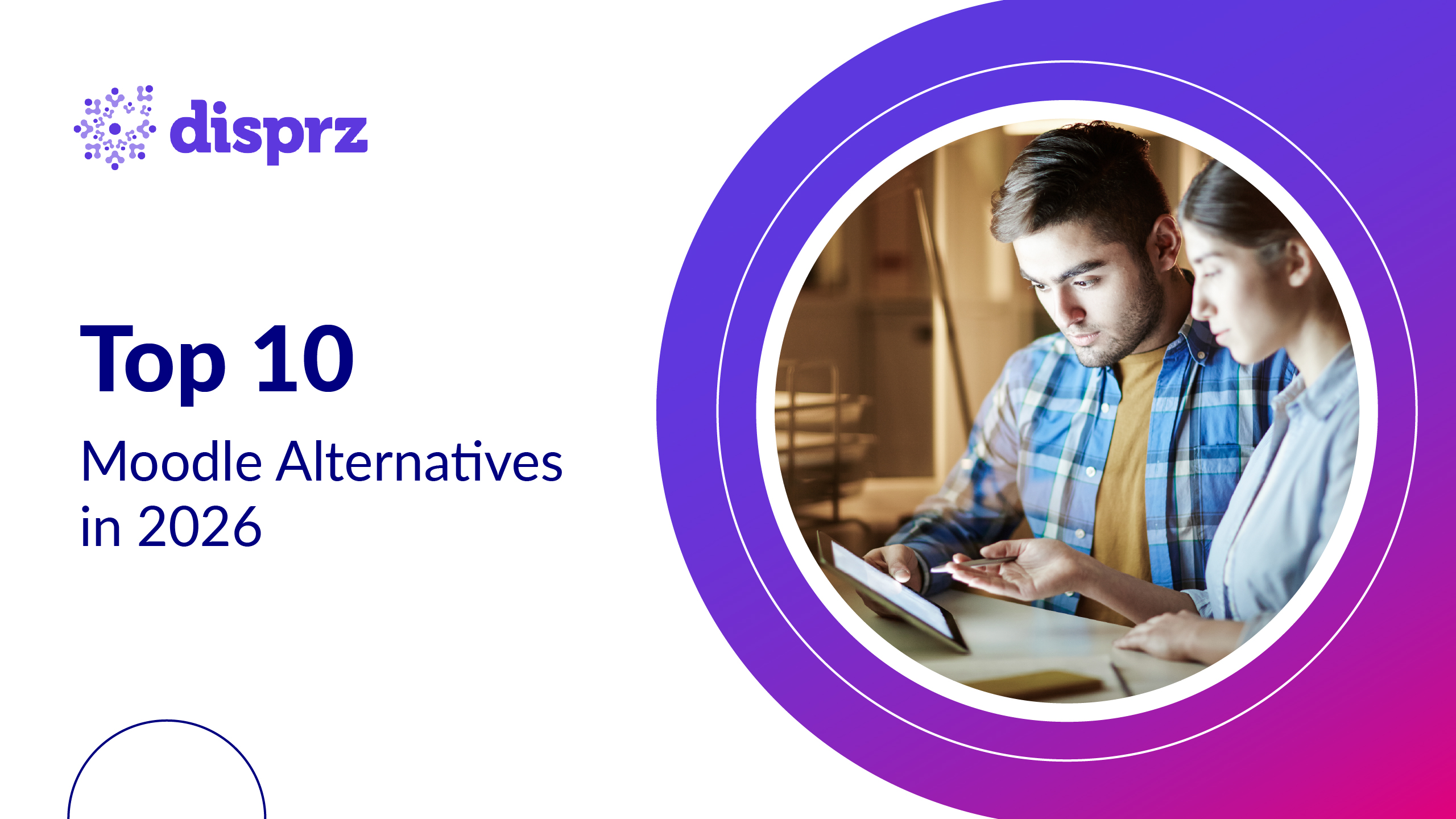How often do you find your sales team going through the same training yet struggling to close deals faster? Sales reps attend sessions, learn best practices, and then slip back into old habits, leading to inconsistent messaging, missed quotas, and stalled deals. In 2025, where buyers are more informed, decision cycles are longer, and competition is fiercer, outdated or one-size-fits-all training won’t work anymore.
To accelerate deal closures, sales training must be structured, data-driven, and continuously reinforced. Walk through proven strategies, such as streamlining onboarding, leveraging AI-powered coaching, and creating a scalable sales process. Additionally, integrating Buyer Persona Mapping into your sales strategy ensures that your team is aligned with the right customer profiles, making each interaction more targeted and effective. Together, these strategies will enable your team to sell smarter, faster, and more effectively in today’s competitive market.
The Foundations of Effective Sales Training
Sales training isn’t just about product knowledge or soft skills; it’s about equipping sales reps with the right mindset, processes, and data-driven techniques to consistently close deals. However, many organizations struggle with fragmented training efforts, leading to reps who are either overwhelmed with information or lack the necessary reinforcement to apply what they’ve learned effectively.
A well-structured sales training management program should align with business goals, evolve with market demands, and be measurable in its impact.
Let’s explore what makes sales training for employees effective, the key metrics for success, and the different stages of training maturity that organizations must progress through to build a high-performing salesforce.
Defining Sales Training Success
Before investing in any sales training management initiatives, organizations must define what success looks like. A successful sales training program isn’t just about checking the box on completed sessions; it should translate into tangible business outcomes such as:
Faster Ramp-Up Time for New Hires – How quickly are new sales reps reaching full productivity?
Quota Attainment Rates – Are reps consistently meeting or exceeding their targets?
Sales Cycle Efficiency – Is training helping to shorten the time it takes to move prospects through the funnel?
Win Rates & Conversion Metrics – Are reps improving in converting leads into closed deals
Customer Retention & Satisfaction – Are sales teams effectively setting the right expectations and building trust with customers?
By setting clear KPIs (Key Performance Indicators) and tracking them through KPI dashboards, organizations can move beyond generic training and focus on initiatives that deliver measurable impact. These dashboards provide real-time insights into training effectiveness, helping managers identify areas for improvement and ensure alignment with business goals.
Defining success metrics is crucial, but without a structured training approach, sales reps often struggle to apply what they learn. Many organizations rely on ad-hoc training or one-time workshops that lack reinforcement, leading to inconsistent performance and stalled deals.
To build a high-impact sales training strategy, organizations must assess their Sales Training Maturity Level, from reactive, unstructured learning to AI-driven optimization. Identifying where you stand helps bridge skill gaps, refine coaching, and create a roadmap for a high-performing, revenue-generating salesforce.
Sales Training Maturity Model

Stage 1: Reactive Training (Unstructured & Inconsistent)
At this stage, training is conducted on an ad-hoc basis, often in response to performance issues rather than as a proactive strategy. There’s no standardized curriculum, and sales reps primarily learn through trial and error.
Common symptoms of reactive training include:
-
Heavy reliance on informal mentorship or self-learning
-
Lack of a structured onboarding process
-
Sales teams struggling with inconsistent messaging
Impact: High rep turnover, slower deal cycles, and inconsistent performance across the team.
Stage 2: Structured Training (Defined Onboarding & Product Knowledge)
Organizations in this stage leverage a sales training LMS (Learning Management System) and have a well-documented training program focused on onboarding, product knowledge, and fundamental sales techniques. Training is structured but often limited to one-time sessions, lacking ongoing reinforcement.
Characteristics include:
-
Formalized onboarding programs for new hires
-
Sales playbooks and process documentation
-
Regular instructor-led or e-learning modules
Impact: Improved ramp-up time, but reps may struggle with real-world application due to a lack of continuous coaching.
Stage 3: Advanced Training (Data-Driven Coaching & Reinforcement)
At this stage, organizations incorporate continuous learning and real-time feedback into their sales training strategy by leveraging an advanced, AI-powered sales training LMS. They use analytics to track individual rep performance and provide targeted coaching.
Features of this stage include:
-
AI-driven analytics to track sales behaviors and outcomes
-
Ongoing skill reinforcement through simulations and real-world scenarios
-
Role-based training tailored to different sales functions, including Business Development
-
Representatives (BDRs), Account Executives (AEs), and Account Managers.
Impact: More predictable sales performance, higher quota attainment, and increased deal velocity.
Stage 4: AI-Powered Optimization (Adaptive Learning & Real-Time Insights)
The most mature sales training programs leverage AI and automation to create adaptive learning experiences. Training is personalized based on individual rep performance, with real-time insights guiding managers on coaching priorities.
Key aspects include:
-
AI-driven recommendations for skill improvement
-
Predictive analytics identifying at-risk reps before performance declines
-
Integration with sales enablement tools for in-the-moment learning
Impact: Faster deal closures, higher team-wide consistency, and a data-backed approach to continuous sales improvement.
How to Build an Effective Sales Training Program
As buyer behaviors evolve, sales leaders must adapt their go-to-market strategies, customer engagement methods, and sales processes to maintain and accelerate pipeline velocity. This is possible only when the sales training program is highly outcome-driven and practical in nature.
Creating a high-impact sales training program requires a structured, data-driven approach that aligns with business goals and adapts to evolving market dynamics.
Here’s how to build a training framework that equips reps with the skills, confidence, and tools to close deals faster.

1) Develop a Comprehensive Onboarding Program
First impressions are critical, and an ineffective onboarding process can significantly delay ramp-up time and diminish a rep's confidence. To overcome these challenges, it's essential to invest in a comprehensive onboarding program supported by a powerful sales coaching platform. A top-tier platform equips your reps with the tools and resources they need for success from day one.
A strong onboarding program should:
-
Focus on product knowledge, sales methodology, and competitive positioning.
-
Incorporate role-based training tailored to different sales functions (BDRs, AEs, Account Managers).
-
Use interactive learning formats such as simulations, role-playing scenarios, and real-world deal analysis and test their skills with adaptive assessments.
2) Implement Continuous, Data-Driven Coaching
One-time training sessions don’t drive long-term success. Effective programs integrate ongoing coaching based on real sales interactions:
-
Use AI-driven analytics to assess call recordings, emails, and pipeline activity.
-
Provide personalized coaching based on performance data.
-
Encourage peer-to-peer learning and mentorship for real-time skill development.
-
Provide virtual sales coaching sessions that give reps the flexibility to seek guidance, clarify doubts, and sharpen their skills anytime, anywhere.
3) Standardize Sales Messaging & Methodologies
Consistency in messaging ensures that every rep can confidently communicate value and handle objections. To achieve this:
-
Develop a centralized sales playbook with scripts, objection handling, and negotiation tactics.
-
Train reps on a proven sales methodology, such as SPIN (Situation, Problem, Implication, Need-Payoff), Challenger, or MEDDIC (Metrics, Economic Buyer, Decision Criteria, Decision Process, Identify Pain, Champion), to create a repeatable process.
-
Reinforce messaging through regular practice sessions and real-time feedback.
4) Leverage Technology & AI for Smarter Training
Modern sales training goes beyond workshops, leveraging AI-powered tools can enhance learning and improve retention:
-
Use AI to deliver personalized learning paths based on individual performance gaps.
-
Implement virtual training simulations to test reps in real-life scenarios.
-
Integrate training with CRM and sales enablement platforms for seamless knowledge application.
5) Measure, Iterate, and Optimize
The most effective training programs are constantly refined based on performance insights. To ensure continuous improvement:
-
Track key metrics such as ramp-up time, quota attainment, and win rates.
-
Conduct regular assessments and gather feedback from reps.
-
Adapt training content based on emerging sales challenges and market shifts.
By following these steps, organizations can develop a sales training program that not only accelerates deal closures but also fosters sustained revenue growth. Organizations that prioritize the quality of their sales pipeline are twice as likely to exceed their customer acquisition targets, ensuring both short-term success and long-term business scalability.
Strategies to Ensure Consistency in Sales Process & Messaging Alignment
A consistent sales process and aligned messaging are crucial for driving high performance. They ensure that sales reps deliver value at every customer touchpoint, accelerating deal closures.
Here's how to approach each aspect:
Standardizing the Sales Playbook
Defining a Scalable Sales Process
Create a clear, repeatable sales process for every stage of the sales cycle, using frameworks such as SPIN, MEDDIC, or Challenger Sales. These methods guide reps on how to qualify leads, identify needs, and close deals, ensuring consistency across the team. By implementing these frameworks, you drive sales process optimization, ensuring that each rep follows a proven methodology for higher efficiency and better outcomes.
Ensuring Consistency Across Teams
Standardize the sales framework across all teams to eliminate variability and promote uniformity. This ensures that every rep follows the same best practices, improving efficiency and creating predictable outcomes.
Transforming Messaging for Better Sales Conversions
Aligning Messaging with Buyer Intent and Journey
Tailor your messaging based on the buyer's stage in their journey, but to do so effectively, you must first dive deep into buyer behavior analytics. Understanding how prospects engage with your brand at each stage allows you to craft the right content for the right moment. Early stages need awareness-building content, while later stages should focus on solving specific pain points, ensuring your message resonates at each point.
Sales and Marketing Alignment
Align sales and marketing functions to deliver consistent messaging and resources, such as case studies or whitepapers, at each stage of the buyer’s journey. This collaboration helps maintain a smooth experience and drives conversions.
Personalization at Scale
Use automation tools for targeted, personalized outreach, but balance this with human interaction to maintain authenticity. Personalized follow-ups combined with automation ensure timely, relevant engagement without losing the personal touch.
By standardizing processes and aligning messaging with buyer needs, organizations can create a cohesive and effective sales strategy that consistently drives results.
Recent Developments in Sales Training
Organizations are significantly shifting toward integrating advanced technologies and personalized learning experiences and enhancing their sales training process. A notable trend is the growing adoption of AI-driven sales training software, projected to reach a market size of USD 7.82 billion by 2032, driven by the increasing demand for workforce upskilling and e-learning solutions.
In response to this demand, organizations are launching innovative training programs. For instance, Salesforce is enhancing its CRM platform with two new AI agents: the Einstein Sales Development Representative (SDR) and the Einstein Sales Coach Agent. The Einstein SDR utilizes agentic AI to autonomously engage with prospects, prioritize actions, and align with organizational goals, streamlining the prospecting process. With seamless CRM integration, these AI-driven tools ensure a smoother workflow and better data utilization. The Einstein Sales Coach offers real-time coaching to sales reps, providing tailored recommendations to improve performance and conversions. These AI-driven tools help sales teams work more efficiently, close deals faster, and drive overall sales effectiveness.
Conclusion
The responsibility of driving revenue largely falls on the sales function, and it is this team that often determines an organization's margins, growth, and scalability. Companies that thrive are those with dynamic and high-performing sales teams, capable of adapting to market changes and consistently closing deals. However, it’s time to move away from outdated methods such as push-based sales training, generic cold-calling scripts, and minimal returns. These traditional approaches simply no longer meet the needs of today’s fast-paced, competitive environment.
Modern platforms such as Disprz offer a real solution for transforming sales training. Disprz goes beyond a one-size-fits-all model by providing adaptive assessments, on-the-job training, and KPI-linked coaching. These features ensure that every rep receives tailored training based on their specific needs and real-time performance.
Adaptive assessments pinpoint skill gaps and guide reps through personalized learning platforms. On-the-job training delivers practical, hands-on experience, keeping teams sharp and ready for real-world sales challenges. KPI-linked coaching ensures that each training initiative is aligned with measurable performance goals, directly impacting sales outcomes. With these data-driven insights, Disprz empowers sales teams to continuously improve, engage more effectively with prospects, and drive revenue growth. Embrace a smarter, more effective approach to sales training and empower your team to succeed with Disprz.



